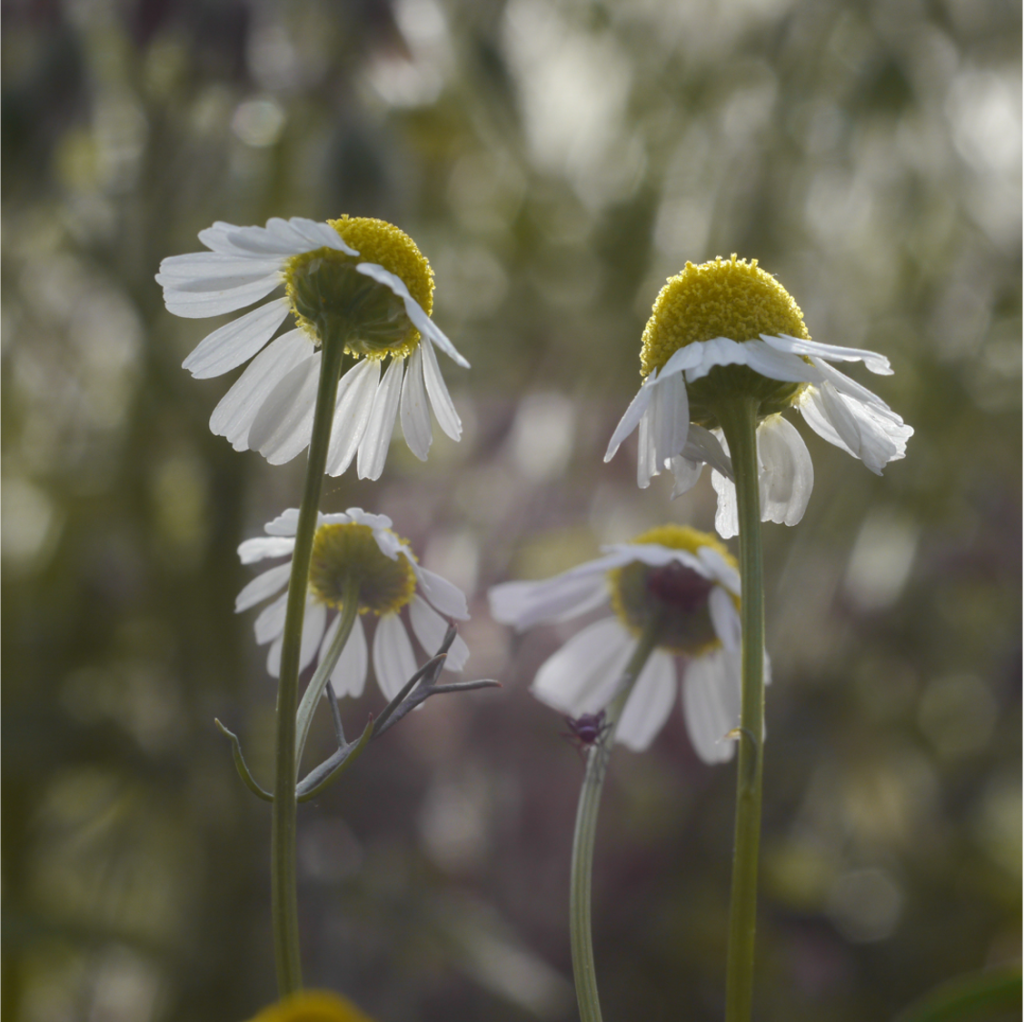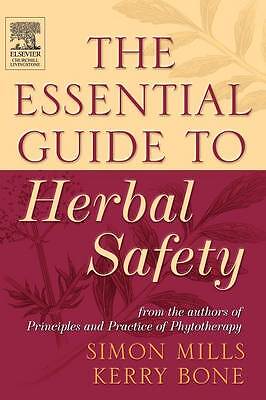How do I know if my herbs are safe?
Safety with herbs is all about context of who is eating, how much, of what species, in what form (tea, tincture etc). Here we outline what to look out for when using medicinal herbs. Here we outline what to look out for so you can safely use your herbs.
What to look out for when using your herbs
If we read all the safety concerns written about plants we might be too frightened to eat anything at all! For example, wheat, rye, and barley contain a protein called gluten that is hydrolysed in the digestive system to a peptide alpha-gliadin, a well-established intestinal irritant, that has caused many thousands of deaths around the world through coeliac disease and sprue.
Apple seeds, and the kernels of apricots, plums and other stone fruits, as well as bitter almonds, contain glycosides that generate cyanide in the digestive system. Potatoes are members of the deadly nightshade family and produce the same poisonous alkaloids when they turn green under the influence of light.
Many common household pulses, like soya bean, red kidney bean, and haricot bean (used in “baked beans”), contain various toxins, notably types of lectins called phytohaemagglutinins, as well as trypsin-inhibitors, that can only reliably be neutralised by boiling for at least 30 minutes.


Of course, the foods listed above are generally safe as we have discovered safe methods of preparation through fermentation, storage, leaching and boiling to the extent that these food provide the bulk of many people’s diets.
The point we are highlighting here is to show how difficult it is to predict the toxicity of a plant only from the presence of toxic constituents. The action of the whole plant, and the way in which it is normally prepared and consumed, counts for more than any individual constituent list. We will see here that for the most widely used plant remedies, there are similar reassurances.

However, common sense should prevail and the best advice is to observe recommended usage learned over many generations. Using herbs as part of our everyday diet, like chamomile and peppermint, or a sprinkle of a spice or herb on our food is safe. When using herbs more ‘medicinally’, in general one should be looking for an exit plan on starting a herbal programme: the best herbal treatment is one that nudges the body to better performance. However, there are some situations where long-term use is needed, for example, adaptogenic herbs have incremental benefits the longer they are used. But, as we have seen, we cannot be absolutely sure what long-term effects might build up and focused use of herbs is always the best option. Do review what your plan is if you are taking the same herbs for more than a year. It is always a good idea to have a break within this time to check that the herbs are still being useful. If in doubt, or for any longer-term issues, speak with a professional herbalist.
Be sensible and all will be well.
If you would like to read about the safety of herbs in more detail, Herbal Reality has written a piece on it here.
A note on Pregnancy & Breastfeeding

There are always extra cautions in taking any remedies during pregnancy and a professional herbalist’s default position is to back off altogether during the first trimester (while the baby’s organs are forming) unless really necessary. Practitioners will not use strong herbs at all during pregnancy and any listed as risky elsewhere in this article should particularly be avoided. Many reference texts on herbs assume that if a herb has not been proved to be safe in pregnancy it should be avoided, without medical opinion at least. On the other hand many herbs have a good combination of widespread use by pregnant women with reassuring research evidence: The Essential Guide to Herbal Safety by Simon Mills and Kerry Bone rates many western herbs by tight criteria and finds many a pregnant woman can choose from.
Although precautionary statements have been made about the use of some herbal remedies during breastfeeding the evidence for risk is minimal. Plants with high levels of volatile oils will pass these easily through breastmilk so nursing mothers should be aware that these may affect their babies. This can actually be helpful, as in the case of reducing colic in infants by the mother consuming kitchen spices (although occasionally the reverse can happen). Some of these have additional reputations for enhancing breast milk production.
Guidelines for children
Once you know a bit about some common everyday herbs its important to know that there are some important guidelines to help decide how much to give children. Age is one consideration, weight is another, and physical constitution is another. Slight or frailer vata-like children require less. Heavy or robust more kapha-like children can use more. Use your intuition and their weight as guides.
Dr. Clark’s Rule is very helpful:
To determine the fraction of an adult dose, divide the weight of the child in kilos by 75. Example: 25Kg child divided by 75 = 1/3. Therefore the child’s dose is 1/3 of the adult dosage.
A Rule of Thumb: 12 year old gets an adult dose; 6 year old gets ½ an adult dose; 3 year old gets a ¼ adult dose; under three just gets a few sips of a tea.
